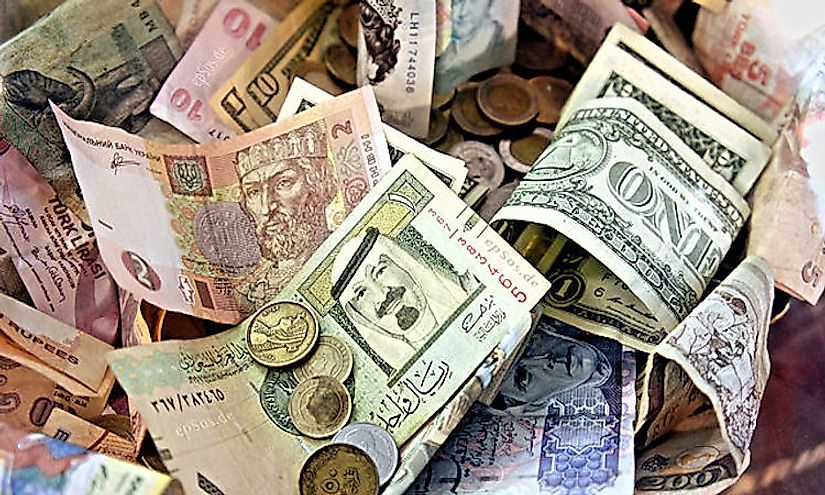Top 20 Countries With The Largest Surplus In Current Account Balance

The current account of a country is either of the two elements that make up the country’s balance of payments or the capital account also known as financial account. A country's current account comprises of net primary income, the balance of trade, and net cash transfers that have taken place over a specific period.
What Is The Current Account Balance Of A Country?
The current account of a country is the difference between the savings and investments. It is a critical tool for gauging a countries economic health. Current account is defined as the total balance of trade, net income from foreign countries, and net current transfers. When a country has a positive current account balance, it usually means that the country is a net lender to the rest of the world and the value of the country’s imports is less than the value of exports. Whereas when a country has a negative current account balance, it means that the country is a net borrower from the rest of the world, implying that the country’s total imports are more than the total exports. A current account surplus increases a country's net foreign assets by the amount of the surplus whereas a current account deficit decreases a country’s net foreign assets by that amount.
How Is The Current Account Balance Calculated?
A country's current account balance is influenced by the exchange rates, forex reserves, inflation, competitiveness, and trade policies among other factors. The current account is typically calculated by summing up the four components of current account which include income, current transfers, goods and services. Goods include the country's export and imports which represent inflow and outflow of money. Services such as tourism are counted as an export or credit since the country is receiving money from foreigners. Income is considered credit when an individual or local company receives money from a foreign individual or company, whereas if a foreign company invests in a local company or government it is considered a debit income. Current transfer is the money given to another country without receiving any returns, and such transfers include official assistance, donations or aids. Since the trade balance is the principle determining the factor of a current account surplus or deficit it usually revolves around a cyclical trend because it is calculated by subtracting imports from exports. Therefore the current account of a country is calculated by finding the changes in net foreign assets.
What Is The Significance Of The Data?
The current account balance of a country is one of the two significant components used in measuring the foreign trade of a country. Data collected after calculating the current account balance is an important determinant of the health of a country's economy. Current account balance helps in bringing out the competitiveness of a country especially through export of goods. In general, the data collected after calculating the current account balance is supposed to help a country know where its economy stands in regards to imports, exports, and the general balance of trade. Too much deficit is a risk to the economy because it implies that the country is importing more than it exports
The Top Three Countries With The Highest Surplus In Current Account Balance
As of 2015, China was the leading country with the largest surplus in current account balance with a total of $293.200 billion.Germany followed at a close place with an overall current account balance of $285.200 billion. Japan was the third country with the largest surplus in current account balance accounting for $137.500 billion.











